Is the sauna good for your skin, or just a soothing way to unwind after a long day, week or month? We asked a dermatologist for answers to this and other burning sauna questions.

Dr Shreya Andric is a co-director and principal dermatologist at Northern Sydney Dermatology and Laser in Northbridge, NSW, one of Australia’s leading dermatology practices. Dr Andric is a Fellow of the Australasian College of Dermatologists and is on the board of the Australasian Society of Cosmetic Dermatologists (ASCPD).
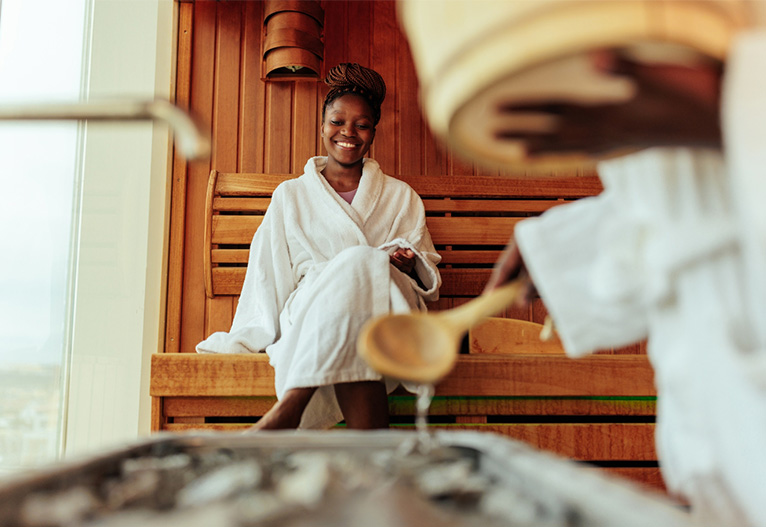
What happens to our skin during a sauna session?
During a sauna session, your skin temperature rises significantly, leading to increased blood flow (vasodilation) and intense sweating. This increase in circulation delivers more oxygen and nutrients to the skin, while the sweating helps flush out water-soluble substances from the sweat glands.
The skin becomes more pliable, pores appear more open, and there’s a temporary boost in radiance due to the enhanced circulation.
Does all that sweating help clear pores or just irritate them?
Sweating can help loosen debris and excess oil from pores, especially if followed by proper cleansing.
However, sweat itself contains salts and waste products, which, if left on the skin or mixed with makeup and environmental pollutants, can lead to irritation or clogged pores.
The key is to gently cleanse the skin afterwards to avoid breakouts or inflammation.
Can sweating dry out the skin or actually boost hydration?
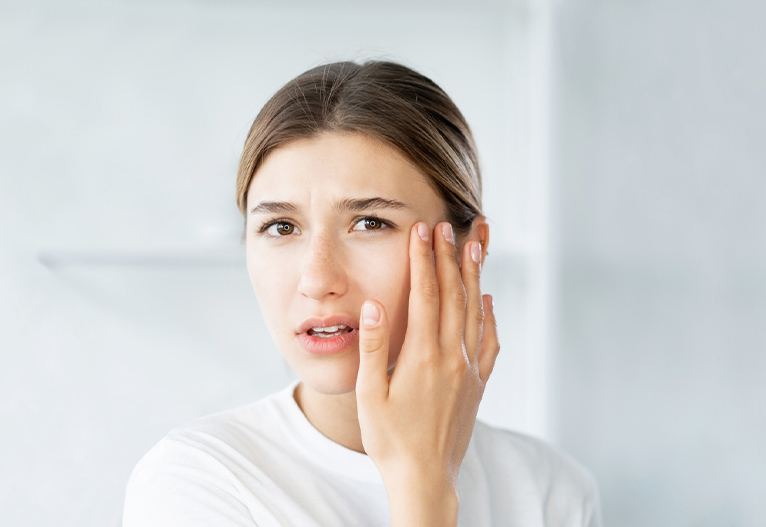
Sweating itself doesn’t hydrate the skin; in fact, it leads to water and electrolyte loss, which can dry out the skin, especially if not rehydrated.
Saunas can leave the skin feeling soft and plump temporarily due to increased circulation, but over time and with frequent use, they may dehydrate the skin unless moisturiser and hydration are restored afterwards.
How do infrared and steam saunas differ when it comes to skin health?
Steam saunas use moist heat and cause heavy sweating, which can hydrate the outer layer of the skin temporarily and open up pores. They’re great for short-term softness and glow.
Infrared saunas use dry, radiant heat that penetrates deeper into the skin and body tissues. They induce a sweat at a lower temperature, which may be better tolerated by those with sensitive or reactive skin. Some people also report reduced inflammation with infrared therapy, although clinical evidence is still emerging.
Why does skin look so glowy after a sauna?
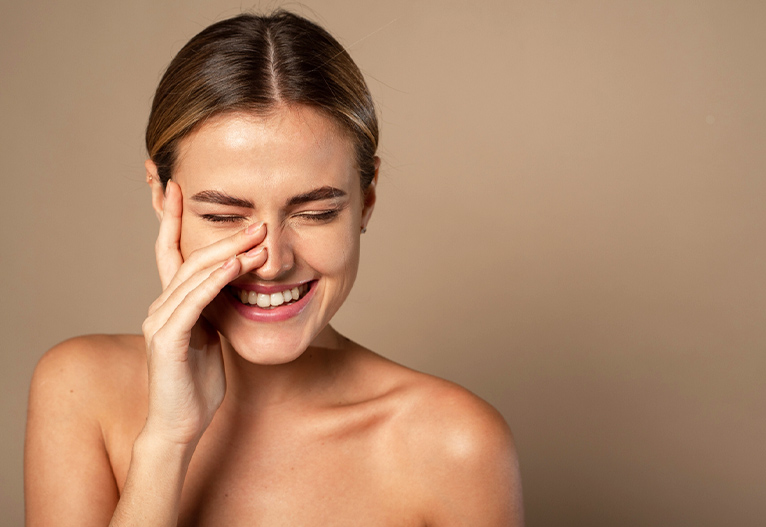
The “post-sauna glow” comes from vasodilation (widened blood vessels) and increased circulation, which brings more oxygen and nutrients to the skin. Combined with sweating and gentle exfoliation from the heat, dead skin cells are loosened, and the skin looks brighter and more radiant.
Some people say saunas help clear acne – is that true?
There may be temporary improvements in acne due to increased circulation and sweating, which can help clear out pore blockages. However, sweating alone doesn’t treat the root causes of acne (like hormonal imbalance, excess sebum production, or P. acnes bacteria).
For some acne-prone individuals, heat and sweating may actually trigger flare-ups, particularly in the form of heat rash or folliculitis.
What skincare should you use before and after a sauna?
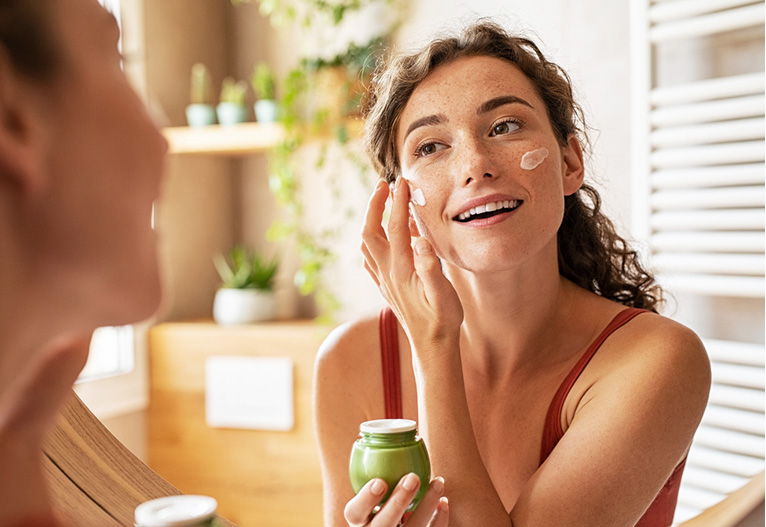
Before: It’s best to have a clean, bare face. Avoid makeup and heavy occlusive products, which can trap sweat and cause irritation or breakouts.
After: Gently cleanse the skin to remove sweat, salt, and impurities. Then apply a hydrating serum (like hyaluronic acid) and a moisturiser to restore the skin barrier. Antioxidants like vitamin C can be beneficial post-sauna, too. Avoid active exfoliants or retinoids immediately after, as the skin may be more sensitive.
Do saunas have any adverse effects on sensitive or reactive skin?
Yes, people with rosacea, eczema, or very sensitive skin may find that saunas trigger flushing, redness, or flare-ups. The heat and increased blood flow can exacerbate inflammation. For these individuals, saunas should be used cautiously, with shorter sessions and adequate aftercare.
Is skin detoxing through sweat a real thing?
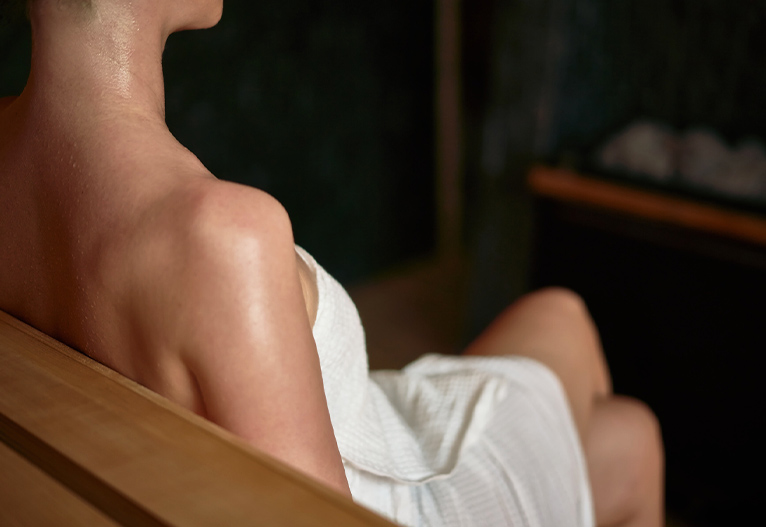
Not quite. The idea that sweating detoxes the skin is more marketing than science.
While sweat does help eliminate small amounts of water-soluble waste, the liver and kidneys do the heavy lifting for detoxification. That said, the process of sweating and cleansing the skin can improve appearance and function, but it’s not “detoxing” in the way many people think.
Do saunas speed up or slow down skin ageing?
The effects depend on how they’re used. In moderation, saunas may improve circulation and collagen synthesis, which can support skin health.
However, excessive heat exposure can dehydrate the skin and break down collagen over time, potentially accelerating ageing, particularly if you’re not replenishing hydration or using antioxidant protection. Infrared saunas may be gentler in this regard than traditional high-heat ones.
How often should you use a sauna for skin benefits?
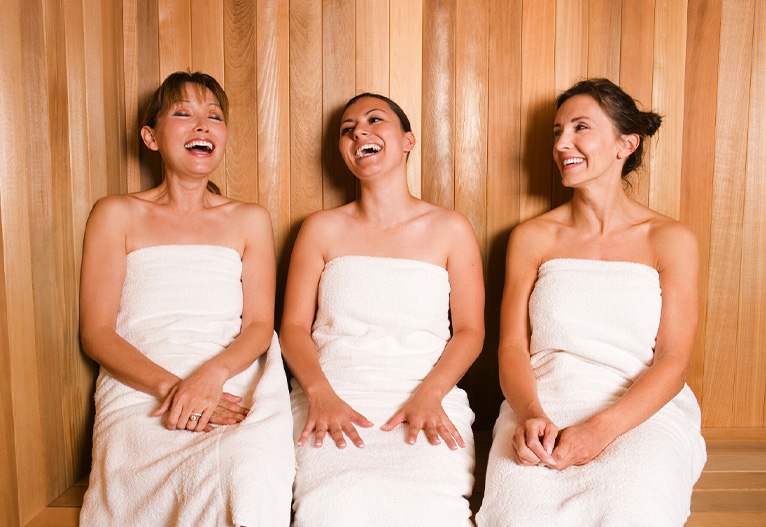
For most people, 1–3 times per week is ideal. Sessions of 10–20 minutes are sufficient for skin benefits without overstressing the skin barrier. More frequent use can be tolerated if your skin responds well and you’re diligent with post-sauna hydration and care.
Are you a regular sauna user? Let us know how it affects your skin in the comments below.

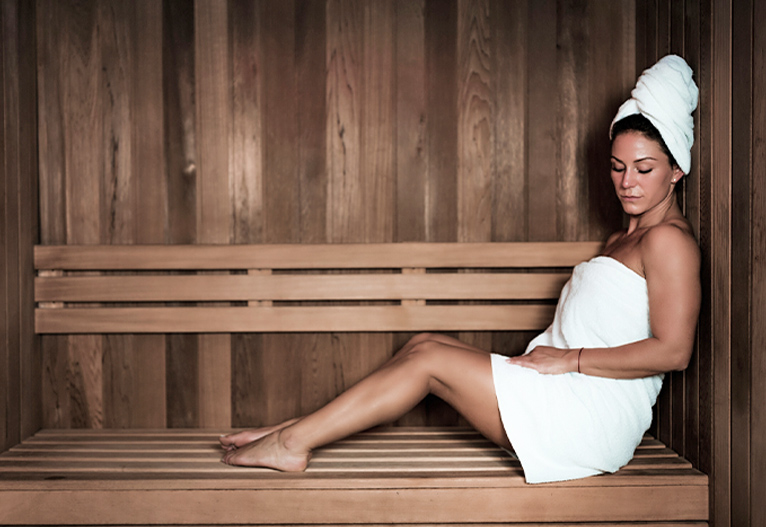
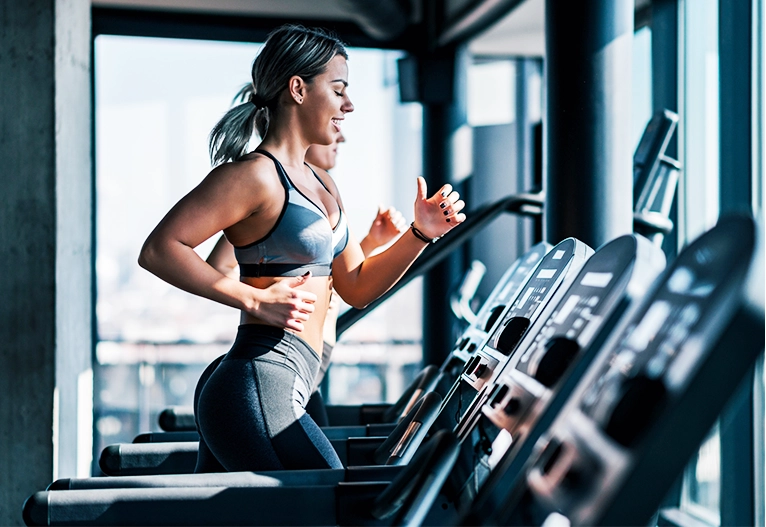

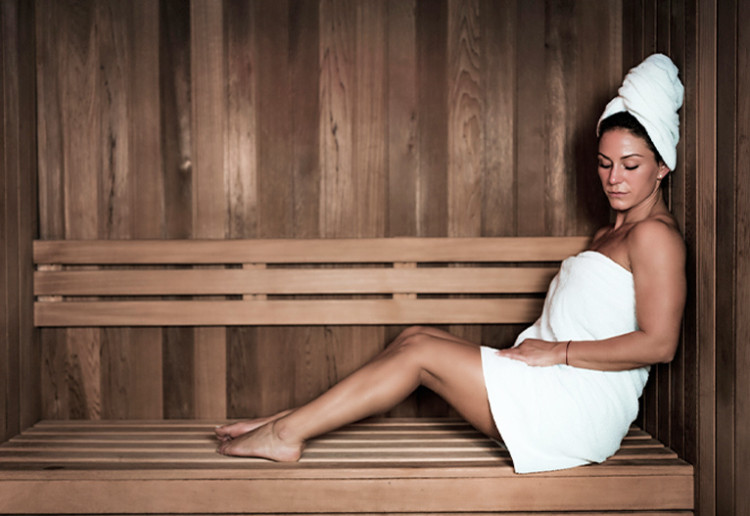
-

-
-
maureenb, QLD
- 02 Dec 2025
👍
0 Likes
-

-
-
BH516706, NSW
- 23 Nov 2025
👍
0 Likes
-

-
-
BH516846, NSW
- 21 Nov 2025
👍
0 Likes
-

-
-
Kindness, NSW
- 02 Oct 2025
👍
0 Likes
-

-
-
BH519636, NSW
- 30 Aug 2025
👍
0 Likes
-

-
-
JH1981, WA
- 29 Aug 2025
👍
0 Likes
-

-
-
BH519636, NSW
- 24 Aug 2025
👍
1 Likes
-

-
-
BH516846, NSW
- 22 Aug 2025
👍
0 Likes
-

-
-
BH516706, NSW
- 15 Aug 2025
👍
0 Likes
-

-
-
BH517760, NSW
- 14 Aug 2025
👍
0 Likes
-

-
-
ChiWren, QLD
- 13 Aug 2025
👍
0 Likes
-

-
-
BH516504, VIC
- 12 Aug 2025
👍
0 Likes
Post a commentTo post a review/comment please join us or login so we can allocate your points.